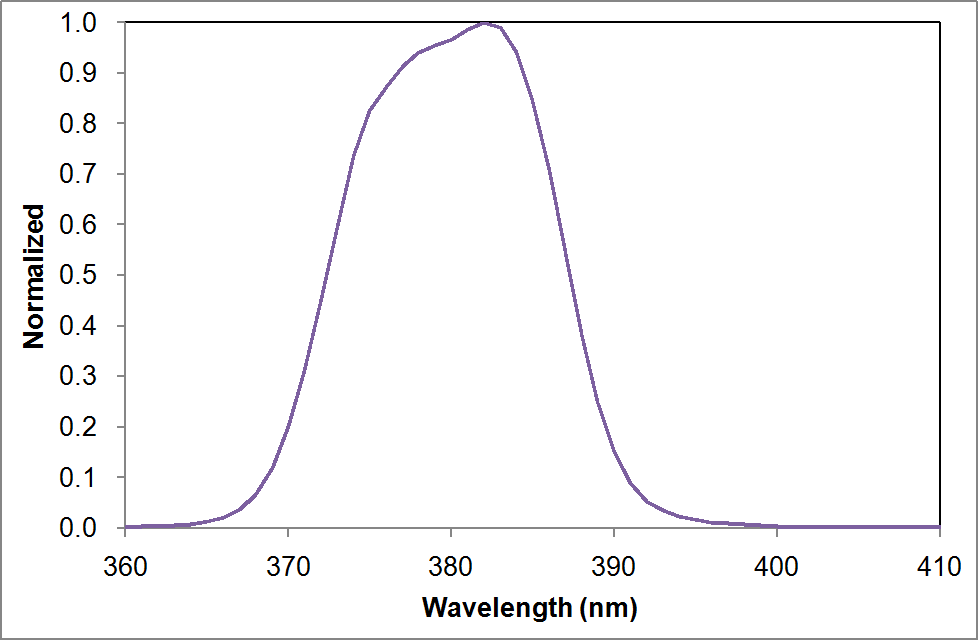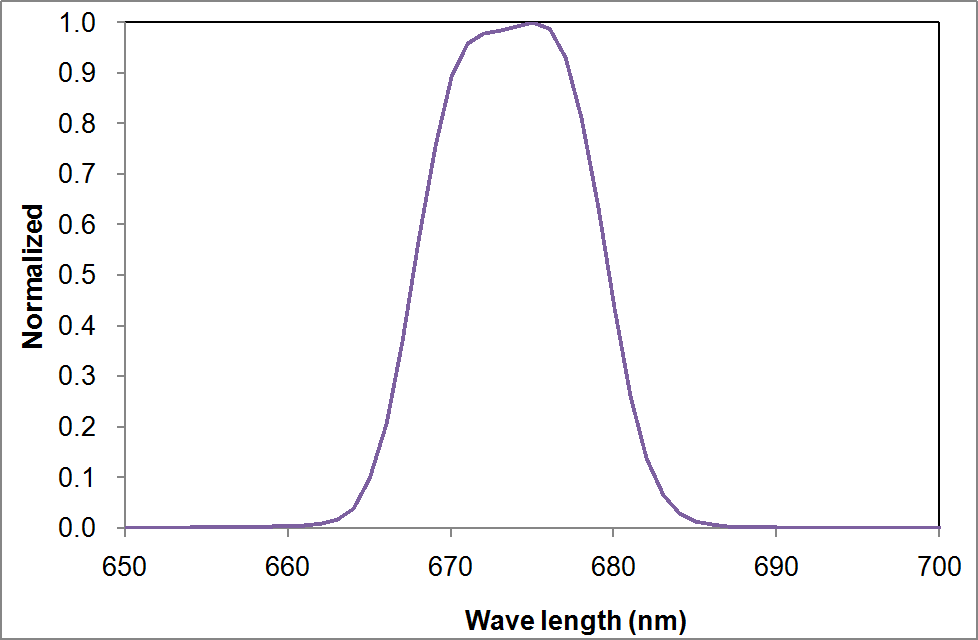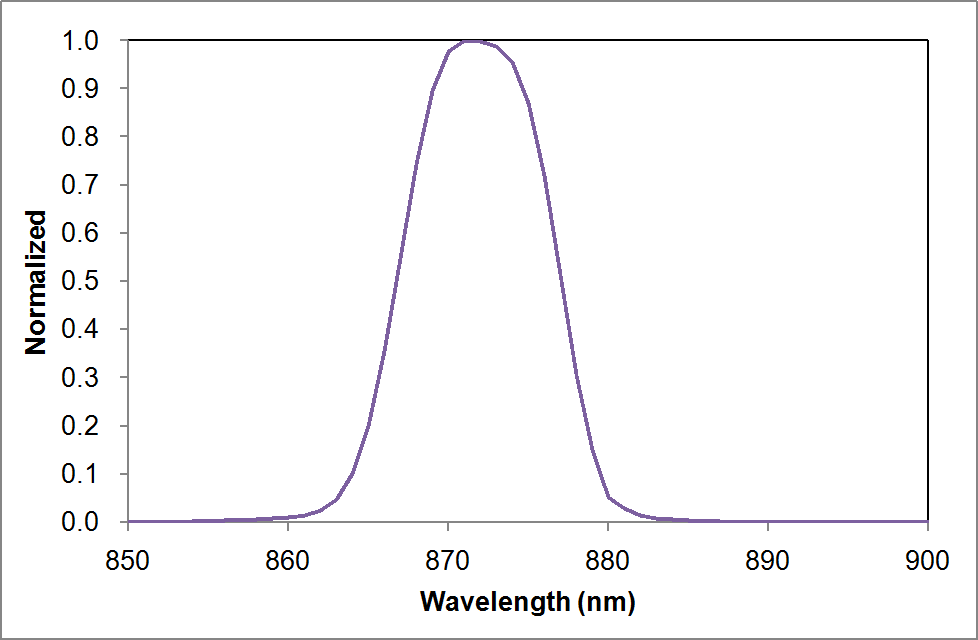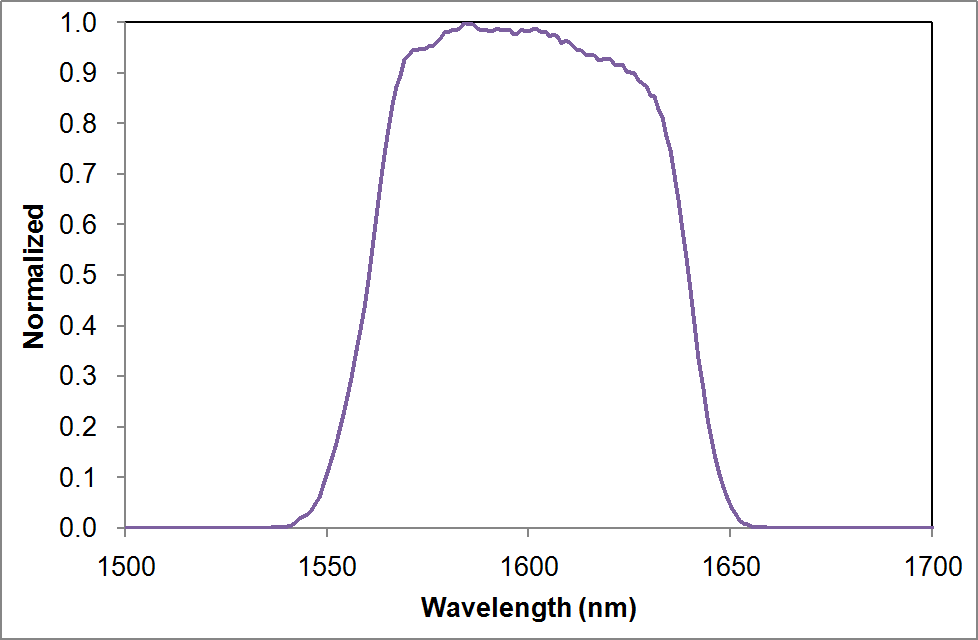About TANSO-CAI
TANSO-CAI is a radiometer to retrieve clouds and aerosol characteristics for more accurate TANSO-FTS data retrieval. The center wavelength is determined from a moment's analysis. TANSO-CAI has a continuous spatial coverage, wider field of view, and higher spatial resolution than TANSO-FTS in order to detect aerosol spatial distribution and cloud coverage. The swath is ±36.1 degrees in such a way that there is no gap between 44 orbits in 3 days. TANSO-CAI has two units; an optics unit and an electronics unit. The optics unit has three telescopes and analogue signal processors. The electronics unit has a function of data processing and telemetry-and-command interface with the satellite. All the components of the electronics unit have redundancy.
Main Specifications of TANSO-CAI| band | Center wavelength(µm) | Bandwidth(nm) | Resolution (IFOV) (km) | pixel | Detector | SNR(Prelaunch)(measured) |
|---|---|---|---|---|---|---|
| 1 | 0.380 | 20 | 0.5 | 2000 | Si | >200 |
| 2 | 0.674 | 20 | 0.5 | 2000 | Si | >200 |
| 3 | 0.870 | 20 | 0.5 | 2000 | Si | >200 |
| 4 | 1.60 | 90 | 1.5 | 500 | InGaAs | >200 |
Optical Design
TANSO-CAI has three telescopes; one for band 1, one for bands 2 and 3 and one for band 4. The spectral responses of the four spectral bands including the optics efficiency and detector response are illustrated in below. Band 4 blocks a cut-off wavelength region of the InGaAs detector, which has large temperature dependency. Bands 1, 2, and 3 have a 72.2-degree wide field of view (FOV) and the swaths are wider than orbit path spacing on the equator (910 km). Band 4 uses a 512 pixel detector and is limited to a 60.0-degree wide FOV, which is a 750 km swath on the ground.
TANSO-CAI overall spectral response of the PFM bands 1 (upper left), 2 (upper right), 3 (lower left), and 4 (lower right). (Please click here to download the data.)Signal Processing
Bands 1, 2, and 3 use one-dimensional Si-CCD array detectors with 2048 pixels without temperature control. Estimated temperature variation on orbit is smaller than ±1 degrees C. Band 4 uses a one-dimensional InGaAs array detector with 512 pixels and its temperature is controlled at 0±0.5 degrees C with a one-stage thermoelectric cooler to minimize dark current. Each pixel of the InGaAs detector array has an individual amplifier. A dark current level can be monitored both prelaunch and on orbit by acquiring data at night side. Signals of each band are multiplexed and analogue-to-digital converted. Then the telemetry data such as GPS time, satellite position, and integration time are added and transmitted to MDP. For all TANSO-CAI bands, longer integration time improves SNR but reduces its dynamic range. Therefore 32 levels of integration time with 20% time increments have to be carefully selected by commands to optimize SNR and its dynamic range depending on season and latitude. All four TANSO-CAI bands are designed to have SNR better than 200.



